How to rake leaves? |
||||
Why rake leaves? |
||||
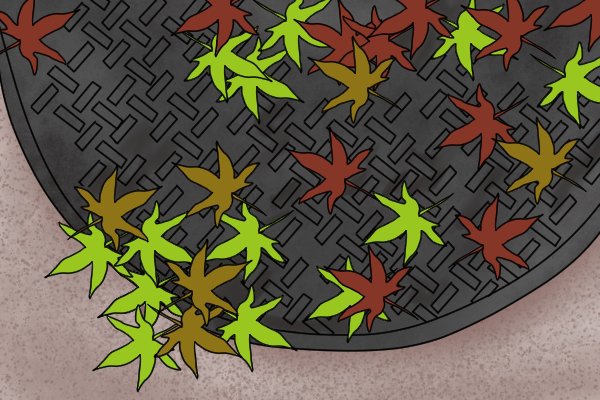 |
A few leaves left on a lawn or plant bed should not cause any problems. In shaded areas, under trees and bushes, some fallen leaves can be gathered and left. However, if there is an excess of leaves, or you want to keep your garden clear, you might need to rake the leaves. | |||
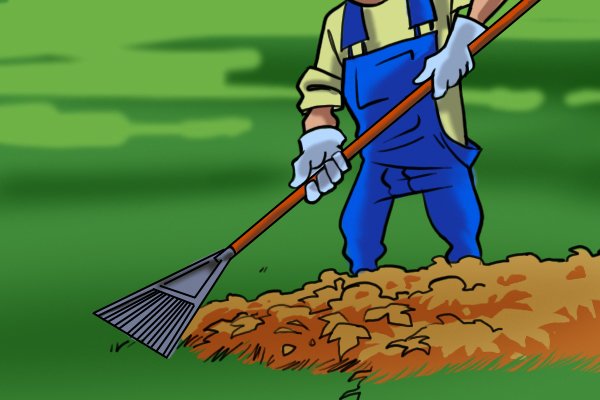 |
Dead leaves covering grass and border plants for prolonged periods might kill them by starving them of air, nutrients, and light. Dying leaves can also encourage problems such as fungal diseases. Wet leaves on pathways, and even roads, can be very slippery. Raking leaves can be physically demanding, but it’s a common and inexpensive way to clear gardens.
For more information see: Are there any alternatives to a rake for gathering leaves? and Raking leaves vs. mulching leaves. |
|||
When is the best time to rake leaves? |
||||
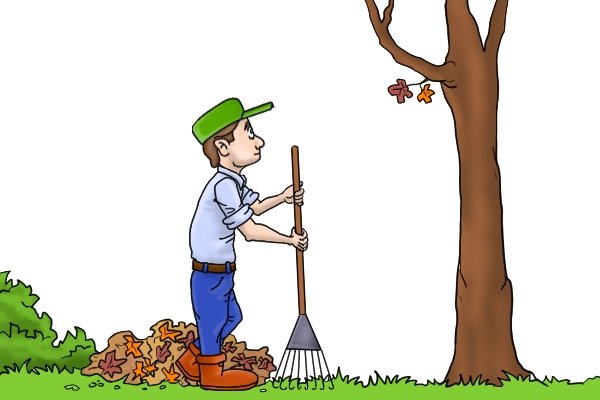 |
You should start raking the leaves when the grass has stopped growing; when the grass is dormant, being buried under lots of leaves can start to kill it. | |||
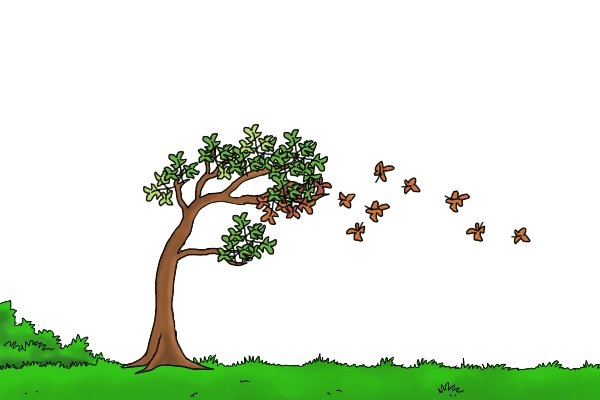 |
It’s best to rake leaves when it’s dry. Wet leaves will be much heavier than dry leaves, and the weight could damage some rakes’ tines. Wet leaves take up more room in bags or bins, and can be slippery if they are stood on. However, wet leaves are less likely to blow away as you rake them. If there is wind, work with it, not against it. | |||
 |
||||
Before you start |
||||
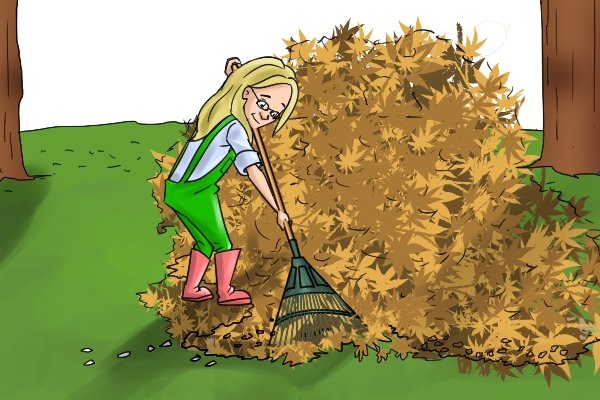 |
Decide where you want to move the leaves to. You might want to dispose of them with other garden rubbish or turn them into compost. Whatever you want to do with them you’ll need to decide the best way of getting them there. Making small piles and then moving them to a bigger pile will usually be easier than creating just one large pile. | |||
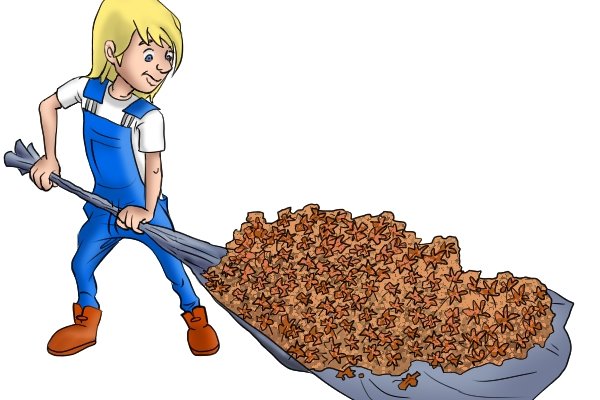 |
Large sheets of plastic or tarpaulin can be used to transport large piles of leaves. Rake the leaves onto the sheet and use that to pull them to your final destination. Otherwise taking a bin or bin bag to the piles of leaves may be easier than trying to take the leaves to the bin. This is particularly true if your rake can be used to scoop the leaves, as well as gather them.
For more information on scooping leaf rakes see: What is a leaf rake? |
|||
Gathering leaves |
||||
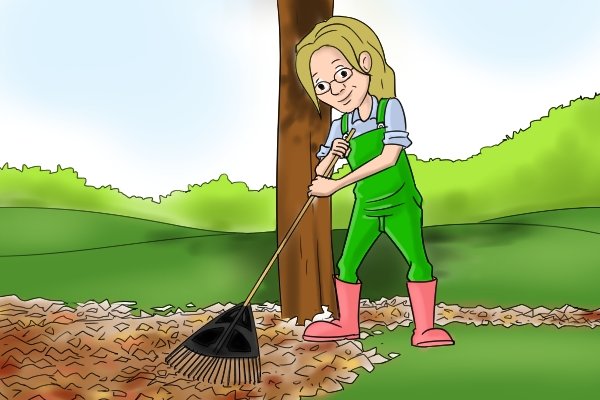 |
Step 1 – Stand comfortablyHold the rake with one hand near the top of the handle and the other a little way down. Stand with one foot in front of the other and try to keep your back as straight as possible. Alternate between hands every now and then, this should help to prevent you straining overworked muscles. |
|||
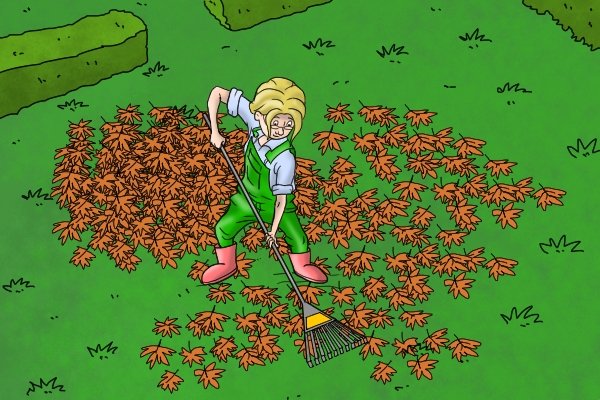 |
Step 2 – Sweep leavesPull materials towards you from in front or from the side. When taking each sweep with the rake, it is more efficient to make them fairly small. Larger sweeps will be more strenuous and will often collect less leaves. Try to get all the tines to touch the ground to collect as much as possible with each stroke. |
|||
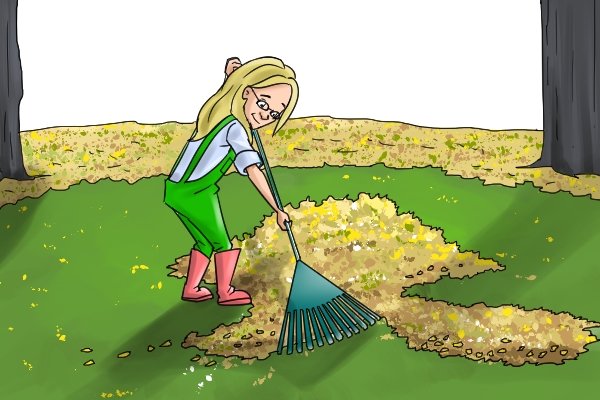 |
Step 3 – Move as you rakeYou can reduce back strain by moving your feet and legs as you rake, move in the direction you are raking the leaves. Don’t rake the ground too forcefully as fresh plants can easily be pulled out of the ground with some rakes, or you could damage the rake’s tines. |
|||
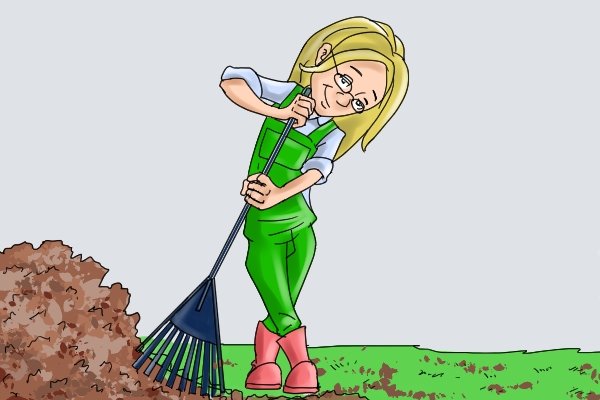 |
Step 4 – Pile leavesPush the leaves into a pile. To dispose of dead leaves you can gather them into garden waste bins or use them on compost heaps. |
|||
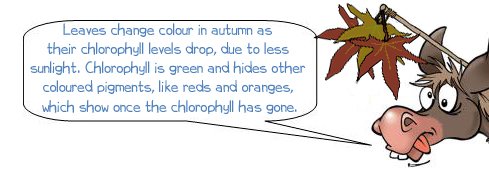 |
||||






